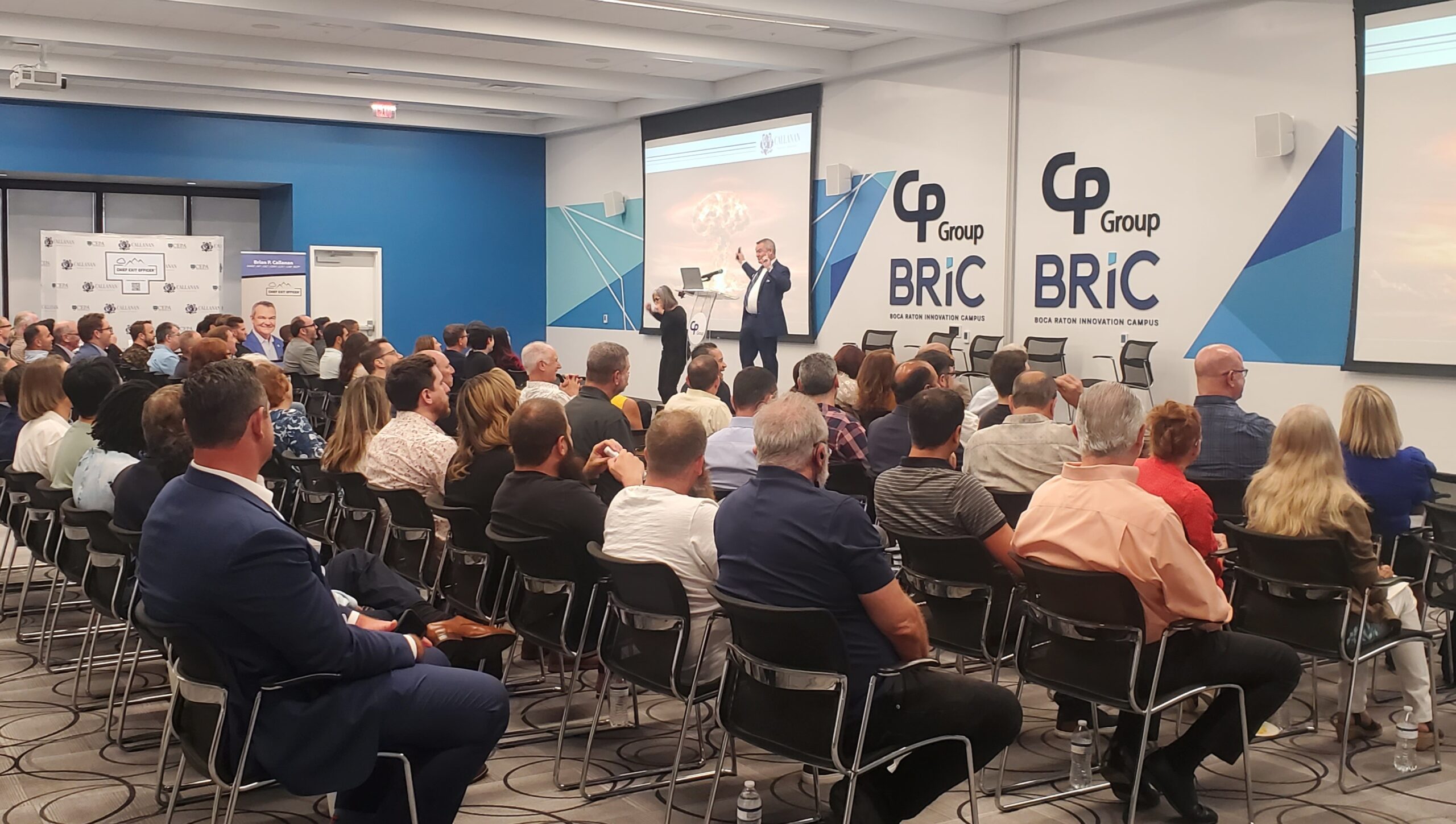
by Nikki Cabus | Mar 23, 2023 | Blog
From Miami Beach to Palm Beach, South Florida is becoming one of the best-known tech hub’s across the country. Many cities throughout the state of Florida — now the fastest-growing state in the nation — have been announced as up-and-coming tech hubs. South...


